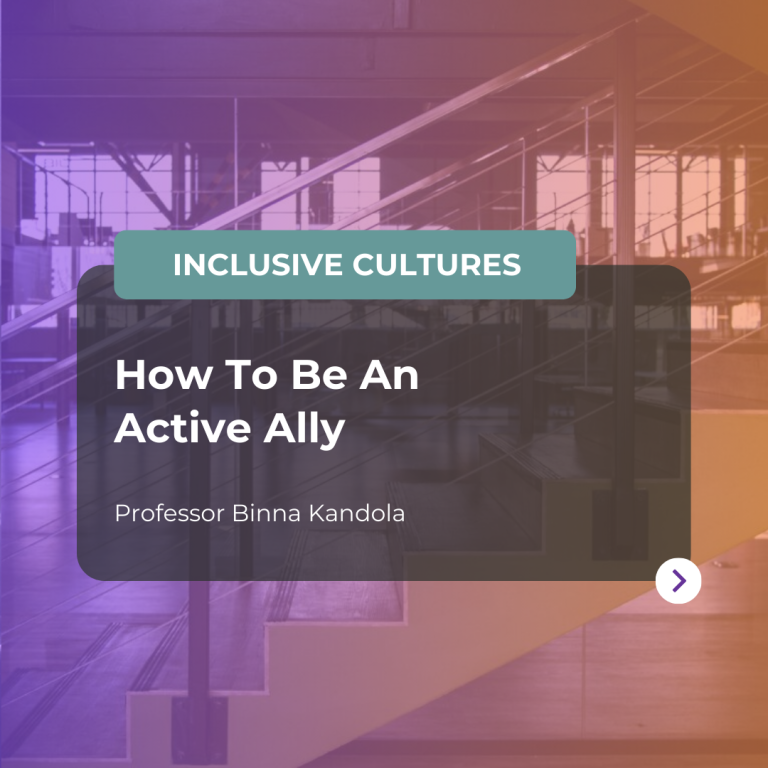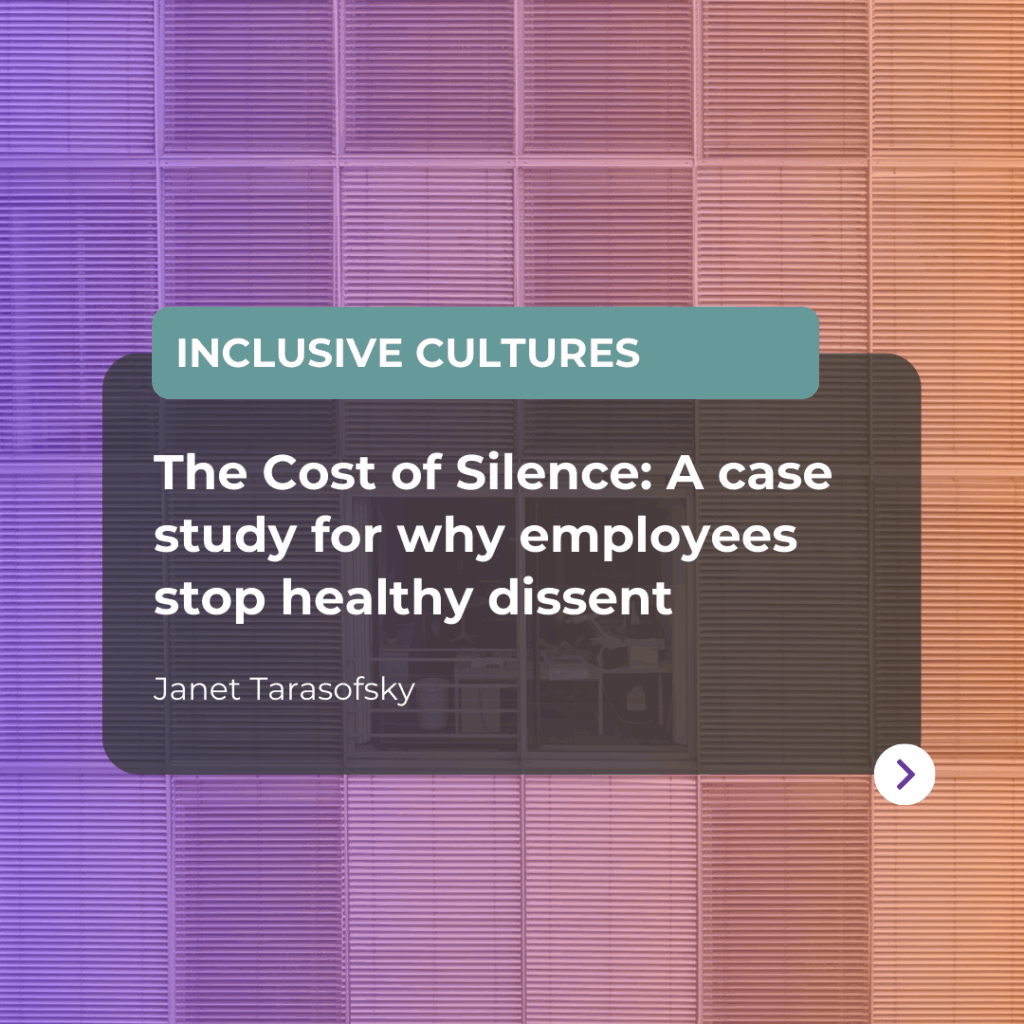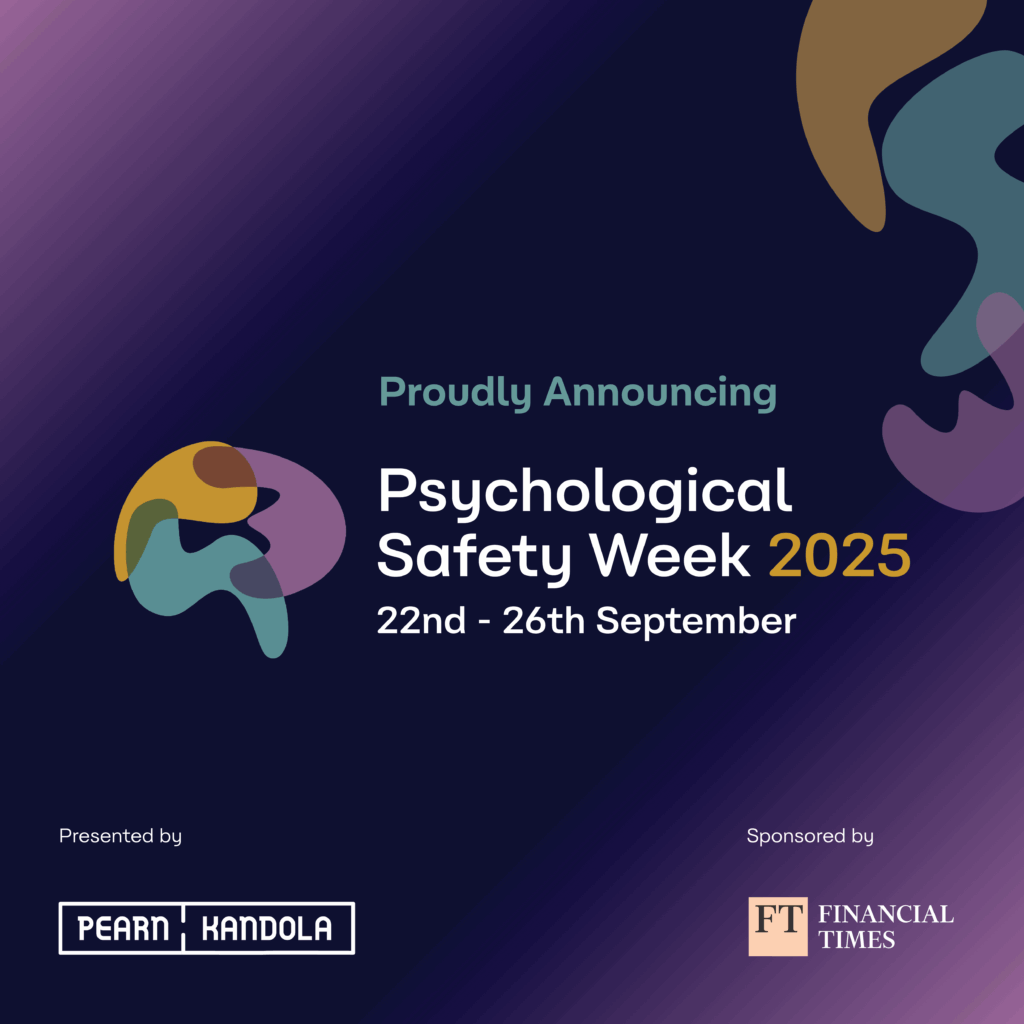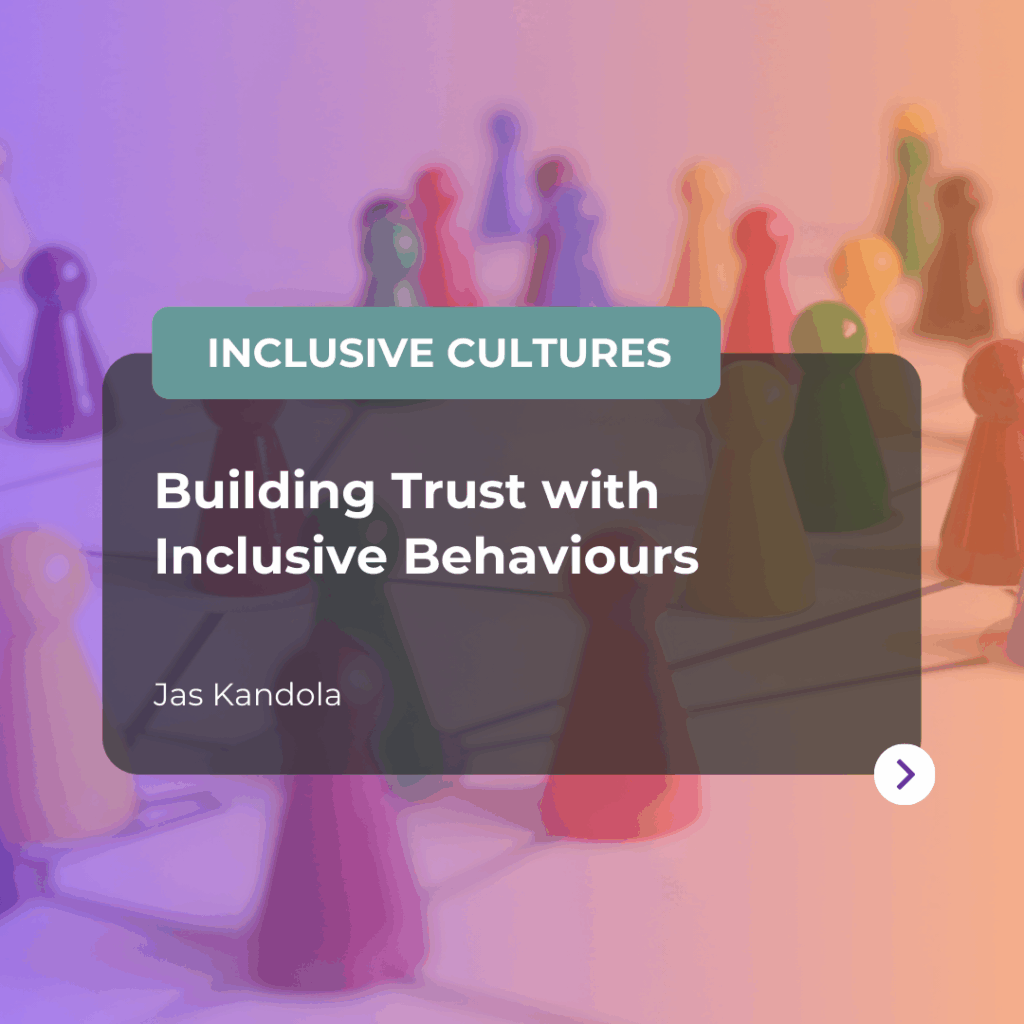When was the last time you heard someone say or do something racist at work? Perhaps it was a derogatory comment made based on a racial stereotype, or something as subtle as watching a colleague be ignored or talked over. Did you think it was acceptable? Did you challenge that inappropriate behaviour? Did you even identify it as racism?
In a study carried out by my fellow psychologists at Pearn Kandola, it was found that over half (52%) of Brits have observed racist behaviour at work. Although we’ve recently seen an increase in reported levels of inappropriate behaviours, sadly, most people who do witness racist behaviour do nothing about it.
All of us who witness inappropriate behaviour are bystanders. But it’s your choice as to whether you’re a passive bystander or an active bystander.
A passive bystander is someone who witnesses a behaviour but does nothing about it. An active bystander is someone who chooses to act when they witness a behaviour, challenging it in an attempt to prevent it from happening again.
So, to those of you who claim not to be racist or claim to be actively anti-racist, I ask: Are you an active bystander?
When do we need to challenge inappropriate behaviour?
The answer to this question is simple: always. Inappropriate racist behaviour happens often, and whether you’re in a work setting, public setting, or personal setting, it needs to be challenged.
The most obvious examples that might spring to mind are more overt acts of racism. For example, making jokes about someone’s nationality or using racial stereotypes. But racism can also manifest itself in more subtle ways that are less blatantly inappropriate, but still have a corrosive impact. In these situations, the behaviour is likely to go unchallenged.
Saying that an organisation is meritocratic when there is diversity at one level but not another, for example, is an act of racism itself. This is because it suggests that the issue of a lack of diversity isn’t an issue caused by the organisation, but that the issue instead sits with the diverse group of individuals.
Similarly, racial evasiveness – to deny that problems occurring are race related – is also an act of racism. For instance, when discussing the Black Lives Matter protests earlier this year, a friend of mine recently said: “I don’t think people are angry about race, I think they’re angry at not being able to go out because of the pandemic.”
The power of social norms
Every time racist behaviour occurs and goes unchallenged, it is normalised to those around us. The more normal or common place or acceptable a behaviour is seen, the more likely it is to happen again, and so the cycle continues. Your response to the actions of those around you strongly impacts whether or not a behaviour is normalised or not, and it’s your responsibility to either accept or challenge that behaviour.
It’s easy enough to suggest that we all must be active bystanders, but at the same time there are a number of reasons why those who witness racist behaviour in the workplace don’t report it. Witnesses may find themselves asking:
- Did I really just see that?
- Is there an element to their relationship I don’t know about?
- Did the victim bring this on themselves?
- Do I have the authority to challenge here?
- What will happen to me if I intervene?
These seeds of doubt prevent many from standing up to racist behaviour. In order to tackle racism in the workplace, witnesses need to understand exactly what it is to be an active bystander.
How to be an active bystander
Being an active bystander doesn’t necessarily require you to confront a perpetrator face to face, then and there, as in some scenarios that may not be the most logical next step.
In fact, there are four different methods of challenging, known as the Four D’s. We teach these in our ‘Active Bystander’ workshops and off course, each method of delivering a challenge are suited better to certain individuals or scenarios.
We offer you the chance to make sure that you are comfortable and confident in challenging behaviour, practicing what you might say if you find yourself in this situation. Being an active bystander takes conscious effort, and it may feel unnatural at first. But, with a little conscious effort, we can all start to help mould more positive social norms.
If you’re interested in running one of our Active Bystander workshops in your organisation, please contact info@pearnkandola.com






